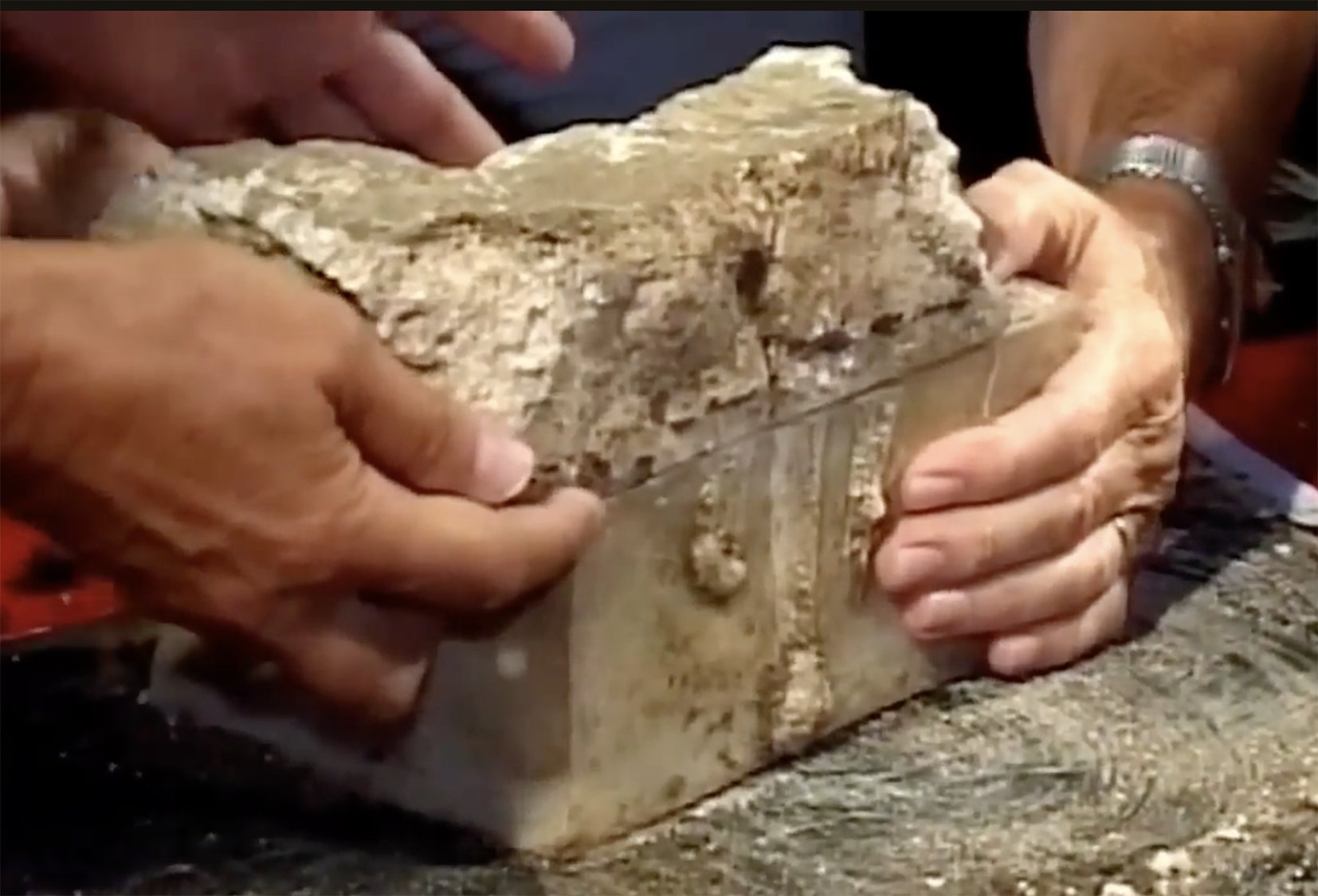
The name in Bulgarian means St John, and there, in 2010, Kazimir Popkonstantinov directed excavations in the ruins of the monastery of St John the Forerunner, founded in the fourth or fifth century.
It was in the foundations of the high altar that he unearthed a small, lidded marble box. Just 20cm away lay a second box bearing a Greek inscription reading "God, help your servant Thomas. Of St John. June 24".

The date is John’s official feast day. Now, Constantinople was the centre for the dissemination of Christian relics, and it would have been logical for the founder of the monastery to seek out relics of St John the Baptist to place in the monastic foundations.
When you return to the fourth century, you are really getting quite close to the events described in the New Testament, and Matthew, Mark and Luke each describe how St John the Baptist immersed Jesus Christ in the River Jordan.
When the box was opened, it was found to contain six human bones. News spread like wildfire in Bulgaria, and crowds came to Sozopol to view the precious relics. Even Vladimir Putin came to visit. The international media followed, with reports on CNN, ABC and NBC. The Christian Science Monitor reported the discovery, and the story was taken up by the National Geographic Society, bent on making a television documentary.
News also reached the scientific community. There are at least two ways of disproving that the bones are genuinely from the saint. One is by radiocarbon dating them, and the other is to extract and evaluate their DNA.
With National Geographic funding, Tom Higham from Oxford University and Eske Willerslev from Copenhagen flew down to Sofia and so on to Sozopol to be filmed while extracting bone for laboratory analyses.
Imagine the scene, under the lights of the TV cameras and intently watched by the leading clerics of the Bulgarian church, as the scientists carefully drilled into the bones to take the required samples. The radiocarbon age of the bone is 5-75AD, and the DNA comes from a man.
These alone do not, of course, prove that the bones actually come from he who baptised Jesus, but at least they show that they could be. And how did such relics reach a Black Sea island?
In 391AD, the Byzantine Emperor Theodosius is recorded as having taken the skull of John the Baptist to Constantinople, and at the same time, bones of the saint were said to have been collected by leading members of his court.
It is not stretching the imagination too far to envisage some of them being taken the few kilometres north to endow the foundation of the island monastery.











